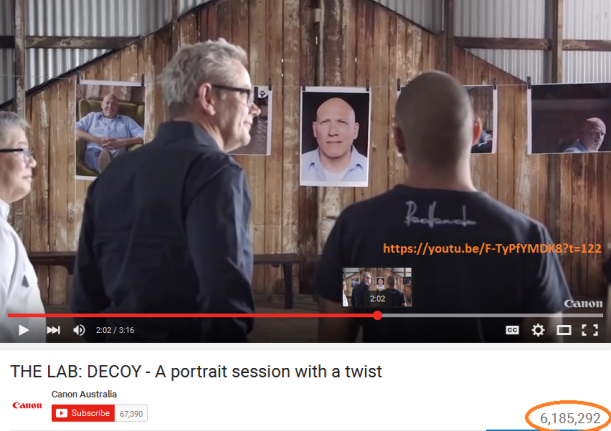Thursday, October 6, 2016
maps showing USA pronunciation boundaries
Friday, September 23, 2016
putting archaeology online - "virtual tudors"
A skull, the team add, can offer a number of insights. "You can estimate the sex of an individual, you can estimate the ancestry of an individual and you can certainly diagnose the pathology of an individual: things like scurvy and a number of other conditions," said Nick Owen, a sport and exercise biomechanist also from Swansea University.
At the heart of the project is a technique known as photogrammetry. For each of the skulls, around 120 high resolution photographs were painstakingly taken from many different angles, with the in-focus sections digitally stitched together to produce the final, state-of-the-art, 3D models.
Friday, July 29, 2016
death & dying - video, Australia
Sunday, May 29, 2016
language sources of swearing - Quebec's French
Monday, February 22, 2016
marking languages still vigorous today
Saturday, February 6, 2016
time culture - attitudes in cultural landscapes
...within Arizona, which recognizes Mountain Standard Time year-round, the case gets more confusing for anyone traveling through the Hopi and Navajo nations. Both nations are in the same area–in fact, the Navajo nation completely surrounds Hopi territory, and both nations have enclaves within the other.
This arrangement might not have much of an impact time-wise, except that the Navajo nation uses daylight savings time, while the Hopi nation, along with the rest of Arizona, does not. Essentially, it'd be possible to drive through each outlying city and change time zones five times, all within two hours.
Wednesday, February 3, 2016
Tribal Lands - map project for North America
reckoning time - swap from Julian to Gregorian calendar
Thursday, January 14, 2016
anthropology articles getting into news media
A Pattern to Ponder: Perusing the data, readers will note that archeologists and biological anthropologists tend to be cited in the media more than cultural anthropologists. One likely reason derives from the journals the discipline's subfields publish in. Cultural anthropologists tend to publish in a set of sub-field journals. Archeologists and biological anthropologists tend to publish in more interdisciplinary journals leading, in turn, to a wider distribution and more attention paid to their articles. There is no reason why cultural anthropologists could not publish in PlusOne, Science, or Nature. But many prefer publishing in the American Anthropologist, American Ethnologist or Cultural Anthropology thereby attracting limited attention from those beyond their sub-field. Current Anthropology, which crosses the discipline's sub-fields, tends to attract less attention than inter-disciplinary journals', but comparatively more attention than the American Anthropological Associations journals, focused on specific sub-fields.
-source page, http://metrics.publicanthropology.org/collected.php
Sunday, January 10, 2016
context - 6 photographers make 6 different portraits
Perhaps the same contextual framing and predisposition affects documentary projects, archival work, ethnographic field studies, or transposing a biographical sketch from one language to another for readers of a different culture or era. In other words, if the lens can stand for a perceptual grasp of a subject, then the same assumptions that these photographers baked into their choice of composition and lighting and shutter release also may reveal how one goes about engaging with the world in general: we prejudge people and settings, we view the world as half-empty instead of half-full, for example; or at the time of middle age we feel that so many opportunities remain, rather than feeling that so few days are left before extinction.
And while this portrait experiment misled the photographers who were doing their very best creative work to interpret the man, based on the sparse backstory provided, the end result of this decoy experiment powerfully demonstrates to journalists, archaeologists and other scientists (predisposed with the working theories or hypotheses they bake into their research design and deployment of available methods), philosophers and novelists, as well as social observers of all stripes that assumptions and prior knowledge frame one's boundaries and the placement of one's subject within that context.
By extension the frame we paint for our selves (presentation of self; self-image; concept of self) is colored by the assumptions we adopt, discover, aspire to, or have been given by others we know and have been labeled by society more generally.
see the experiment, https://youtu.be/F-TyPfYMDK8 or jump to the time mark showing the resulting portraits
Blurb: A photograph is shaped more by the person behind the camera than by what's in front of it. To prove this we invited six photographers to a portrait session with a twist. ‘Decoy’ is one of six experiments from The Lab, designed to shift creative thinking behind the lens. [November 2015]
